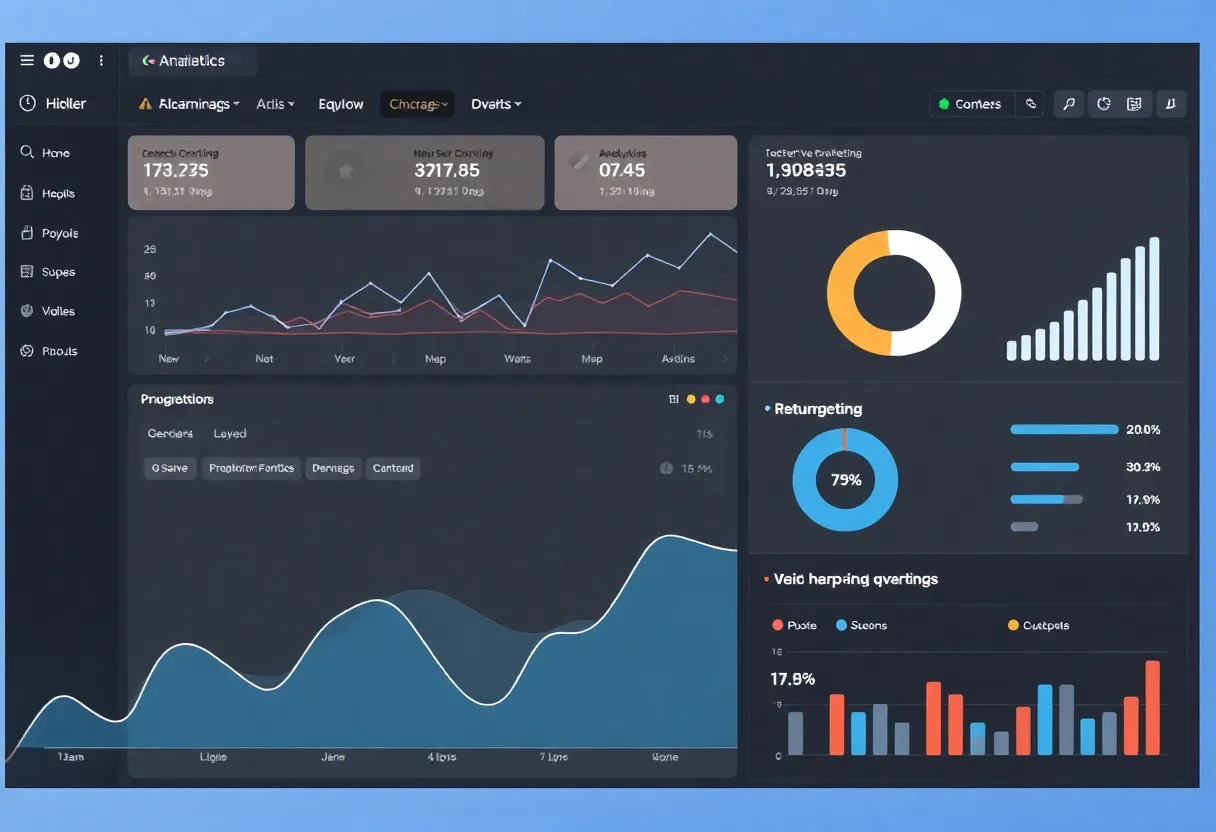How to Successfully Implement Retargeting Ads to Increase Conversions
Understanding Retargeting Ads
Retargeting ads, also known as remarketing, are a powerful digital marketing strategy designed to bring back potential customers who have previously interacted with a brand but did not complete a desired action, such as making a purchase. By targeting these individuals with tailored advertisements, businesses can effectively nudge them toward conversion. This approach focuses on influencing users who are already familiar with the brand, as opposed to reaching out to entirely new audiences.
The Importance of Retargeting
Numerous studies have shown that retargeted users are significantly more likely to convert compared to new visitors. By keeping your brand top-of-mind and showcasing relevant products or services, retargeting ads can dramatically enhance conversion rates. According to various industry experts, nearly 70% of online shopping carts are abandoned. Retargeting aims to recapture these lost opportunities.
Step-by-Step Guide to Implementing Retargeting Ads
1. Define Your Goals
Before diving into retargeting, it is crucial to have clear objectives. Are you looking to increase sales, generate leads, or improve brand awareness? Each goal may require different strategies and audience segments. Define KPIs to assess the effectiveness of your retargeting efforts, such as click-through rates (CTR), conversion rates, and return on ad spend (ROAS).
2. Set Up Tracking
Effective retargeting relies on comprehensive tracking mechanisms. Implement tracking pixels from your advertising platform on your website. This technology enables the collection of data on users who visit your site, categorizing them based on their behavior. Common platforms include Google Ads, Facebook Ads, and LinkedIn Ads.
3. Segment Your Audience
Audience segmentation is essential for successful retargeting. By categorizing visitors based on their behavior and interaction level, you can tailor your ads to resonate with different groups. Common segments include:
- Page Viewers: Users who visited specific pages but did not take action.
- Cart Abandoners: Individuals who added items to their cart but left without purchasing.
- Past Customers: Clients who have previously made a purchase and may be interested in new products.
Creating targeted messages for these segments can significantly enhance relevancy and engagement.
4. Craft Compelling Ad Creative
Ad creative plays a pivotal role in the success of retargeting campaigns. Focus on creating engaging visuals and persuasive copy that aligns with users’ past interactions. Incorporate dynamic elements that display the specific products users viewed. This personalization increases the likelihood of re-engagement.
5. Choose Your Ad Platforms
Determine the most effective platforms for your retargeting ads based on your audience’s online habits. Popular choices include:
- Google Ads: Great for leveraging search intent and displaying banner ads across the Google Display Network.
- Facebook Ads: Offers extensive demographic targeting, enabling you to reach users on platforms like Instagram and Messenger.
- LinkedIn Ads: Ideal for B2B businesses targeting professionals and decision-makers.
6. Set Frequency Caps
While it’s important to keep your brand visible, bombarding users with ads can lead to ad fatigue and annoyance. Setting frequency caps can help balance visibility and user experience. A good starting point is showing ads no more than 3-5 times per week to the same user.
7. Monitor and Optimize Campaigns
Once your campaigns are live, data analysis becomes essential. Use the KPIs set earlier to measure performance and make data-driven decisions. Track CTR, conversion rates, and audience engagement. Regularly A/B test different creatives, calls to action, and audience segments to identify the most effective strategies. Optimization is an ongoing process that can lead to increased ROI.
8. Leverage Advanced Retargeting Techniques
As your understanding of retargeting matures, consider employing advanced techniques to boost effectiveness:
- Sequential Retargeting: Present a series of messages to guide customers through the conversion funnel, gradually building interest.
- Cross-Device Targeting: Ensure your ads reach users across various devices they use to interact with your brand, maximizing the reach and chances of conversion.
- Exclusion Lists: Utilize exclusion targeting to prevent showing ads to users who have already converted, ensuring your budget is spent effectively.
Best Practices for Retargeting Ads
1. Align with Customer Journey
Understanding your customer’s journey is key to creating relevant retargeting ads. Reflect on their interactions with your brand and tailor your messaging to where they are in the buying cycle. For instance, budding interest might warrant educational content, while cart abandonment suggests urgency with discounts or reminders.
2. Use Strong CTAs
Clearly define what action you want users to take. Incorporate strong calls to action (CTAs) in your ads. Whether asking them to “Complete Your Purchase” or “Discover More,” a clear CTA guides users toward the next step.
3. Test Different Creative Formats
Experiment with multiple ad formats to see what resonates best with your audience. Depending on the platform, consider using image ads, carousel ads, or video ads. Visual engagement can significantly uplift conversion rates.
Measuring the Success of Retargeting Ads
Evaluating the effectiveness of your retargeting campaigns is crucial to understand the ROI. Key metrics to consider include:
- Conversion Rate: Measure the percentage of users who convert after seeing retargeting ads.
- Cost Per Acquisition (CPA): Calculate the total cost of your campaign divided by the number of new customers acquired through retargeting.
- Return on Ad Spend (ROAS): Assess the revenue generated compared to the amount spent on ads.
Regularly review these metrics and adjust your strategies accordingly for continued success.
Conclusion
Implementing retargeting ads successfully requires a strategic approach focused on understanding your audience and their behaviors. By defining clear goals, segmenting users, crafting compelling ads, and continuously optimizing your campaigns, you can effectively increase conversions. As digital landscapes evolve, so too should your retargeting strategies. Embrace innovation, test new techniques, and remain adaptive to change, ensuring your retargeting efforts yield the desired results.







